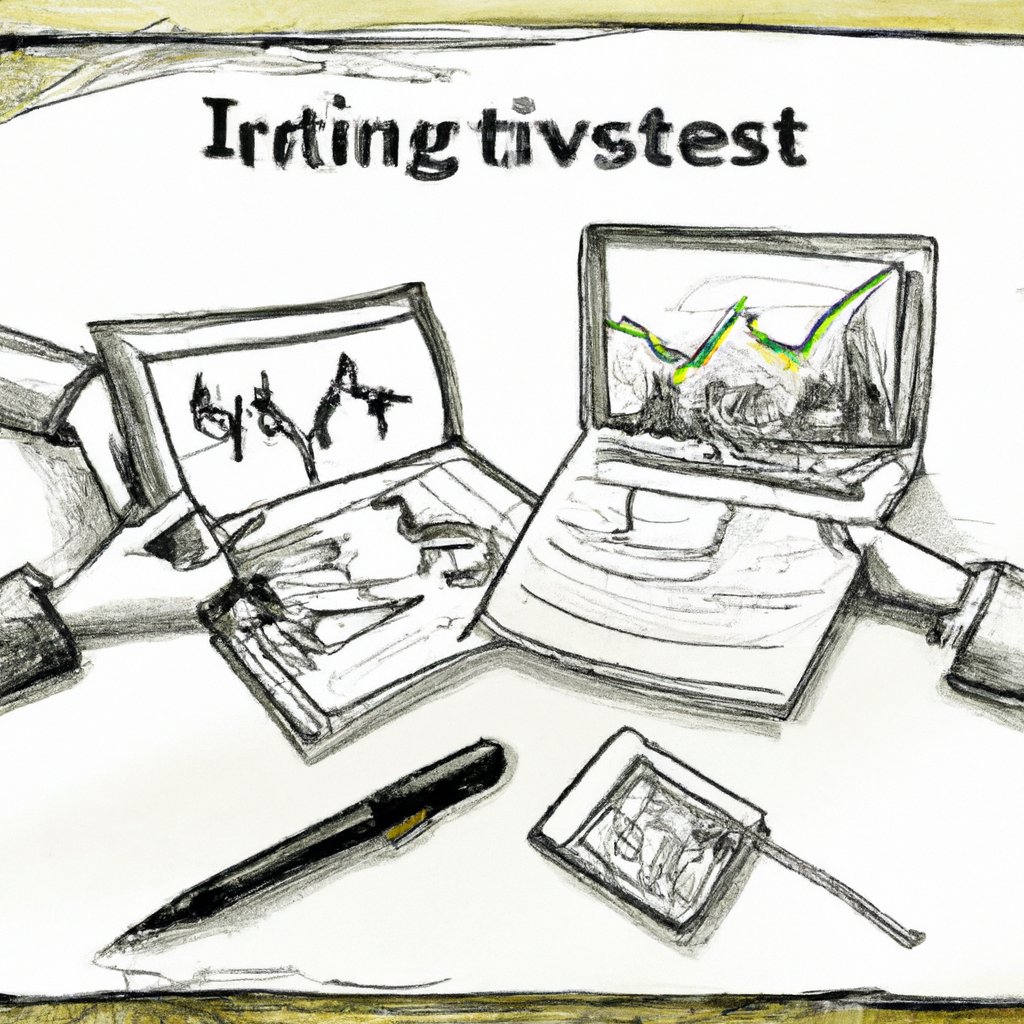
Risk management and position sizing are two of the most important concepts to understand when it comes to investing. They are essential for any investor, regardless of their level of experience or the type of investments they make. Risk management is the practice of managing risk in order to maximize returns and minimize losses. Position sizing is the process of determining how much capital should be allocated to each trade or investment. Together, these two concepts form the foundation for successful investing.
When it comes to risk management, investors must first identify the risks associated with a particular investment before deciding whether or not it is worth taking on. This involves looking at both potential rewards and potential losses that could result from an investment decision. Investors should also consider their own risk tolerance – how much risk they are willing to take on – as well as their own goals and objectives when making decisions about investments. It’s important to remember that no investment carries zero risk, so investors must be aware of all potential risks before committing money into an asset.
Position sizing is the process of deciding how much capital should be allocated to each trade or investment. This involves assessing factors such as size of account, overall portfolio size, liquidity needs, and other factors that can affect the performance of a portfolio over time. Generally speaking, smaller trades offer more flexibility in terms of position sizing since they require less capital and can be adjusted quickly if needed. On the other hand, larger trades may require more capital but may also offer higher potential rewards if done correctly.
To sum up, understanding risk management and position sizing is essential for any investor who wants to maximize returns while minimizing losses. Risk management helps investors identify potential risks associated with an investment before committing money into it while position sizing helps determine how much capital should be allocated towards each trade or investment based on various factors such as size of account, liquidity needs, etc. By understanding these two concepts properly and implementing them into their strategies accordingly, investors will be better equipped to make informed decisions about their investments that will help them achieve their long-term financial goals.